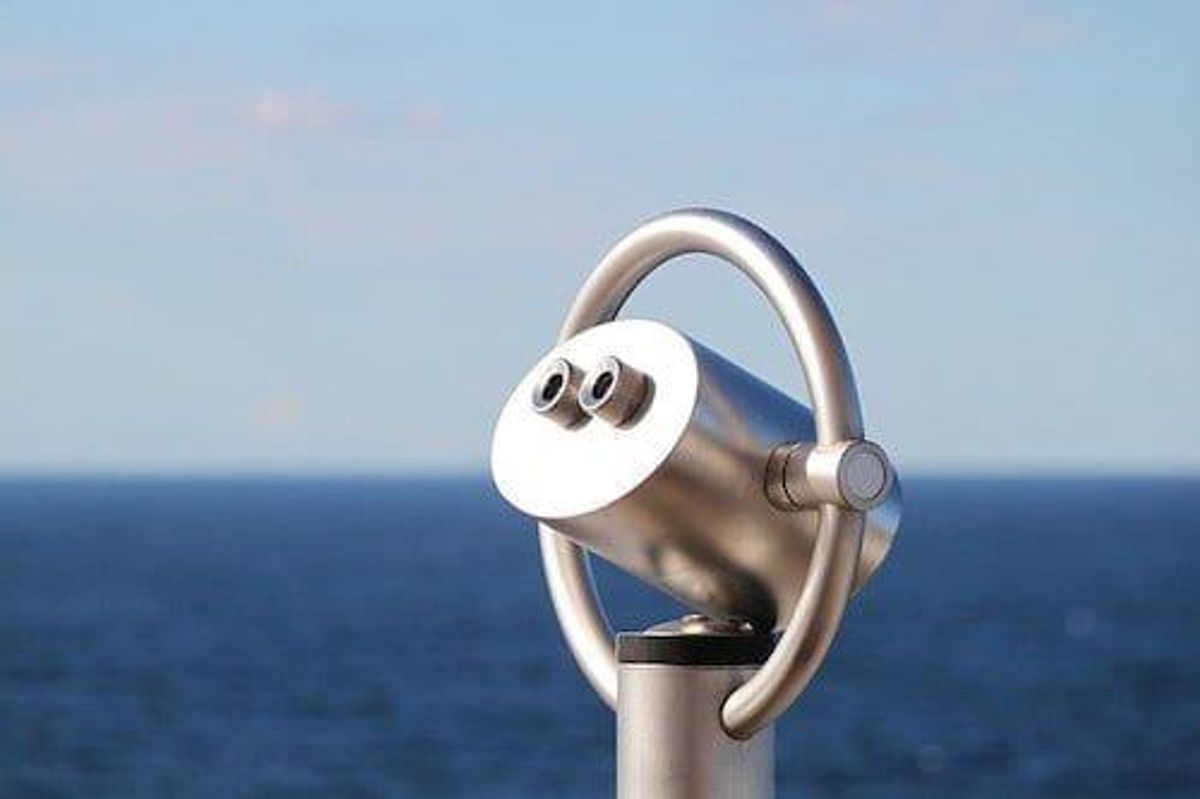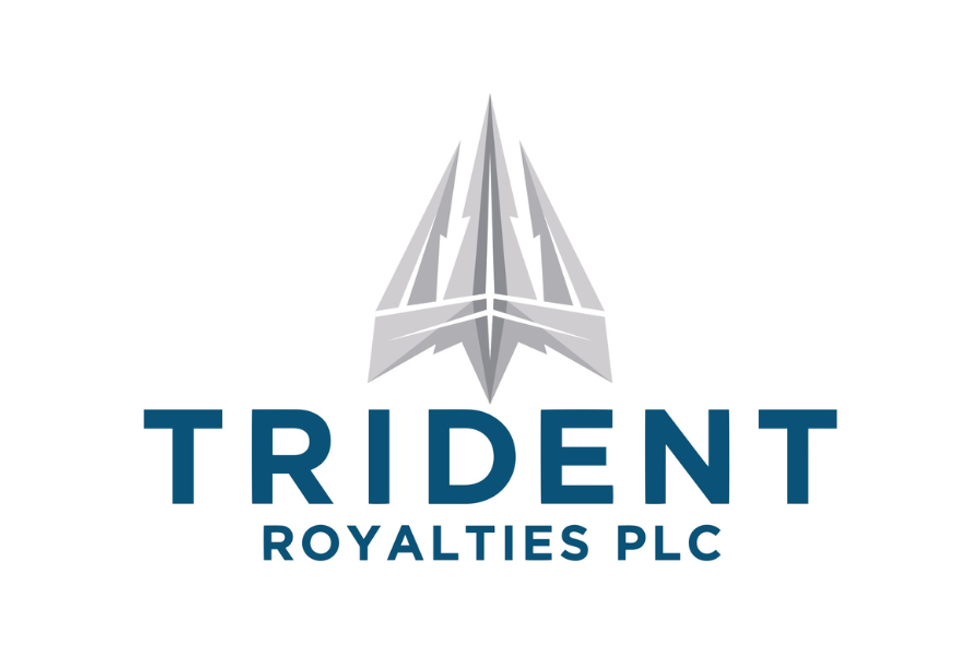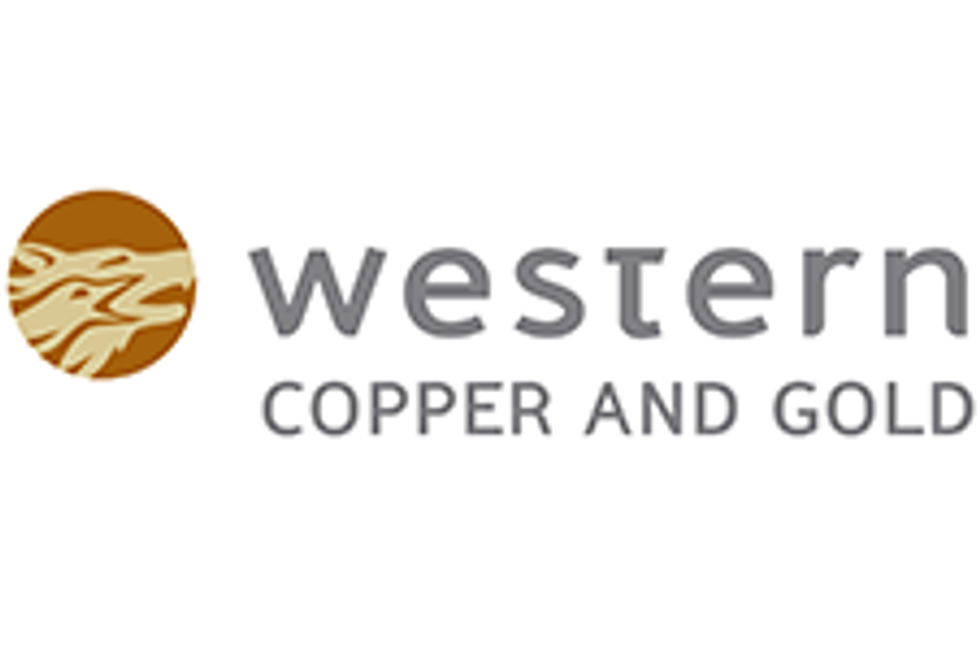- AustraliaNorth AmericaWorld
Investing News NetworkYour trusted source for investing success
Galan Lithium
International Graphite
Cardiex Limited
CVD Equipment Corporation
- Lithium Outlook
- Oil and Gas Outlook
- Gold Outlook Report
- Uranium Outlook
- Rare Earths Outlook
- All Outlook Reports
- Top Generative AI Stocks
- Top EV Stocks
- Biggest AI Companies
- Biggest Blockchain Stocks
- Biggest Cryptocurrency-mining Stocks
- Biggest Cybersecurity Companies
- Biggest Robotics Companies
- Biggest Social Media Companies
- Biggest Technology ETFs
- Artificial Intellgience ETFs
- Robotics ETFs
- Canadian Cryptocurrency ETFs
- Artificial Intelligence Outlook
- EV Outlook
- Cleantech Outlook
- Crypto Outlook
- Tech Outlook
- All Market Outlook Reports
- Cannabis Weekly Round-Up
- Top Alzheimer's Treatment Stocks
- Top Biotech Stocks
- Top Plant-based Food Stocks
- Biggest Cannabis Stocks
- Biggest Pharma Stocks
- Longevity Stocks to Watch
- Psychedelics Stocks to Watch
- Top Cobalt Stocks
- Small Biotech ETFs to Watch
- Top Life Science ETFs
- Biggest Pharmaceutical ETFs
- Life Science Outlook
- Biotech Outlook
- Cannabis Outlook
- Pharma Outlook
- Psychedelics Outlook
- All Market Outlook Reports
Further Downside Risk to Copper Prices “Unlikely” in Q2

“I would think we are close to the bottom,” Ryan Cochrane of Open Mineral said about the copper market.
The coronavirus outbreak has pushed copper prices below the psychological US$5,000 per tonne level, with miners struggling and supply disruptions increasing — but it’s unlikely there is much more downside risk to prices, according to Ryan Cochrane of Open Mineral.
“I would be surprised to see prices at the end of Q2 being lower than we are seeing in March/April,” he told the Investing News Network. “So I would think we are close to the bottom.”
Copper prices started March at US$5,639, with the red metal changing hands at US$4,867 as of April 6.
Government measures to contain the spread of COVID-19 have led miners around the world to delay ramp-ups, suspend expansions and cut supply, particularly in copper-leading countries Chile and Peru.
“The picture is changing very quickly, and numerous major operations are reducing workforces, delaying construction or ramp-up activities, and a fair amount of smaller operations have been placed on care and maintenance,” Cochrane said.
The disruptions are expected to last at least a month, but will probably extend longer, which will have a major effect on supply in 2020, he added.
For the expert, a clear indication of how supply disruptions are affecting the market is being seen in spot treatment/refining charges (TC/RCs), where terms have fallen quickly over the past few weeks.
Looking at the demand side of the market, consumption is expected to take a hit of anywhere between 15 and 30 percent in Q1.
“It is a tricky time because the Chinese are starting to get back to work, with domestic rates of infection almost stopped and industry, particularly infrastructure projects, getting back on track,” he said. “However, as China has started recovering, the rest of the world has locked down, which will obviously affect the export markets (which tend to drive a fair amount of demand for China).”
Similar to other analysts, Cochrane made the point that demand losses are more profound than supply losses at this time.
“What we are starting to see now is that the supply of intermediate products (i.e. copper concentrates) is being disrupted,” he said. “This is tightening the concentrate market, pushing down spot TC/RCs and resulting in smelters rapidly trying to secure feed in order to operate without disruption.”
How fast this supply can get back online is a question that remains. For Cochrane, delays to construction (and capital spending) are inevitable, which will push out expected supply from projects and ramp-ups.
“What you are very likely to see is a murky situation where price-related cost pressure for miners and COVID-19 led disruptions (to) work hand-in-hand,” Cochrane said. “Miners will preserve as much cash as possible, like any downturn, and this will push out the project pipeline as well as delay the recovery of mine supply growth.”
Looking at what factors could impact copper in the second quarter of the year, Cochrane said investors should keep an eye on TC/RCs, as these are the leading indicator of what’s happening at the upper portion of the value chain.
“Falling TC/RCs suggest tighter concentrate market conditions,” he said. “However, if TC/RCs fall enough for a protracted period, and given the metal price environment (sub-US$5,000 equivalent levels and low sulfuric acid prices), you will see smelter cuts.”
Another key catalyst will be infection rates in Italy, the US and other major ex-China economies.
“As these start to flatten, (which it is arguably doing in Italy), and slow considerably, sentiment will begin to improve,” he added.
Don’t forget to follow us @INN_Resource for real-time news updates.
Securities Disclosure: I, Priscila Barrera, hold no direct investment interest in any company mentioned in this article.
Editorial Disclosure: The Investing News Network does not guarantee the accuracy or thoroughness of the information reported in the interviews it conducts. The opinions expressed in these interviews do not reflect the opinions of the Investing News Network and do not constitute investment advice. All readers are encouraged to perform their own due diligence.
Outlook Reports
Featured Base Metals Investing Stocks
Browse Companies
MARKETS
COMMODITIES
| Commodities | |||
|---|---|---|---|
| Gold | 2322.09 | -1.60 | |
| Silver | 27.26 | -0.03 | |
| Copper | 4.49 | +0.03 | |
| Oil | 82.93 | -0.43 | |
| Heating Oil | 2.56 | -0.02 | |
| Natural Gas | 1.65 | -0.17 | |
Investing News Network websites or approved third-party tools use cookies. Please refer to the cookie policy for collected data, privacy and GDPR compliance. By continuing to browse the site, you agree to our use of cookies.





